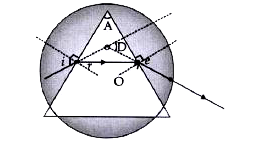Which of the following diagrams correctly rep resents the passage of a ray of light through a concave lens?




The correct Answer is:B
To determine which diagram correctly represents the passage of a ray of light through a concave lens, we can follow these steps:
1. Understand the Nature of a Concave Lens:
- A concave lens is a diverging lens, meaning it causes parallel rays of light to spread out (diverge) after passing through it.
2. Identify the Direction of Incoming Light:
- The ray of light is assumed to be coming parallel to the principal axis of the lens.
3. Focus of the Concave Lens:
- The focus (F) of a concave lens is virtual and located on the same side as the incoming light. This means that the rays appear to diverge from this point.
4. Analyze Each Diagram:
- Diagram 1: Shows rays converging at a focus on the opposite side. This is incorrect because a concave lens does not converge light.
- Diagram 2: Shows a parallel ray diverging after passing through the lens, with the rays appearing to come from the focus on the same side as the incoming light. This is correct.
- Diagram 3: Indicates no deviation of the ray. This is incorrect because rays passing through the optical center do not deviate, but the question specifies a ray parallel to the axis.
- Diagram 4: Shows rays converging to a focus on the opposite side. This is also incorrect for the same reason as Diagram 1.
5. Conclusion:
- The only diagram that correctly represents the passage of a ray of light through a concave lens is Diagram 2.
Final Answer:
- The correct diagram is Diagram 2.
- A concave lens is a diverging lens, meaning it causes parallel rays of light to spread out (diverge) after passing through it.
- The ray of light is assumed to be coming parallel to the principal axis of the lens.
- The focus (F) of a concave lens is virtual and located on the same side as the incoming light. This means that the rays appear to diverge from this point.
- Diagram 1: Shows rays converging at a focus on the opposite side. This is incorrect because a concave lens does not converge light.
- Diagram 2: Shows a parallel ray diverging after passing through the lens, with the rays appearing to come from the focus on the same side as the incoming light. This is correct.
- Diagram 3: Indicates no deviation of the ray. This is incorrect because rays passing through the optical center do not deviate, but the question specifies a ray parallel to the axis.
- Diagram 4: Shows rays converging to a focus on the opposite side. This is also incorrect for the same reason as Diagram 1.
- The only diagram that correctly represents the passage of a ray of light through a concave lens is Diagram 2.
- The correct diagram is Diagram 2.
Topper's Solved these Questions
- BOOK - MCGROW HILL PUBLICATIONCHAPTER - REFRACTION OF LIGHTEXERCISE - HIGHER ORDER THINKING QUESTIONS37videos
REFRACTION OF LIGHT
- BOOK - MCGROW HILL PUBLICATIONCHAPTER - REFLECTION OF LIGHT EXERCISE - HIGHER ORDER THINKING QUESTIONS10videos
REFLECTION OF LIGHT
- BOOK - MCGROW HILL PUBLICATIONCHAPTER - SOURCES OF ENERGY EXERCISE - ELEMENTARY QUESTIONS82videos
SOURCES OF ENERGY
Similar Questions
Knowledge Check
- Question 1 - Select One
Which of the following figures correctly represents the passage of white light through a prism?
A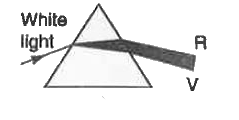 B
B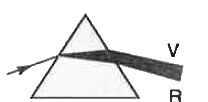 C
C D
D
- Question 2 - Select One
Which of the following figurs correctly represents the passage of white light through a prism ?
A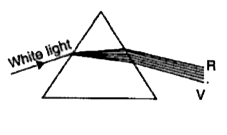 B
B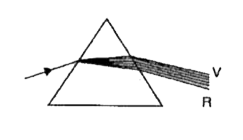 C
C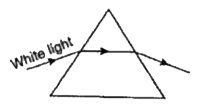 D
D
- Question 3 - Select One
Which of the following diagrams correctly represents the ray of light passing through the optical centre?
A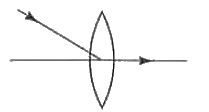 B
B C
C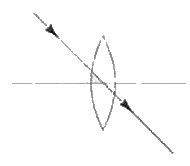 D
D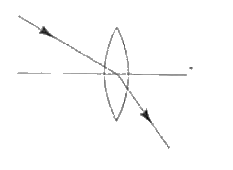
Which of the following correctly depicts the reflection of a ray of light on a spherical mirror?
View SolutionWhich of the following ray diagrams is correct for the ray of light incident on a concave mirror as shown in figure?
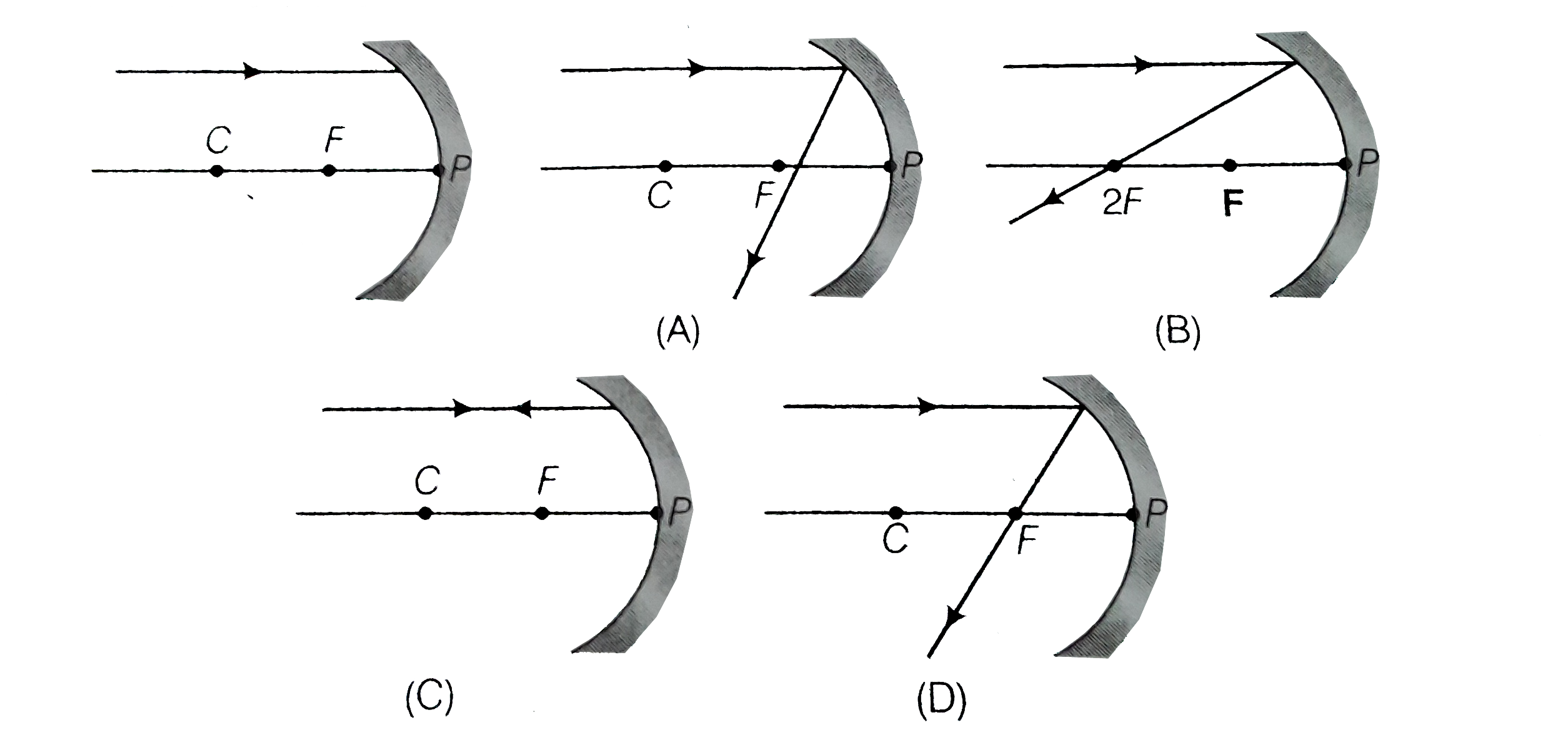 View Solution
View SolutionWhich of the following ray diagrams is correct for the ray of light incident on a concave mirror as shown in figure?

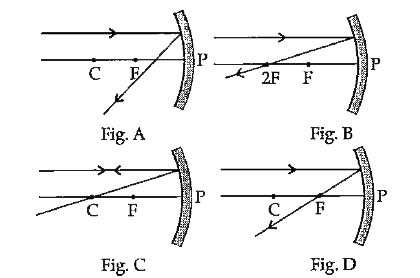 View Solution
View SolutionWhich of the following ray diagrams is correct for the ray of light incident on a concave mirror as shown in figure.
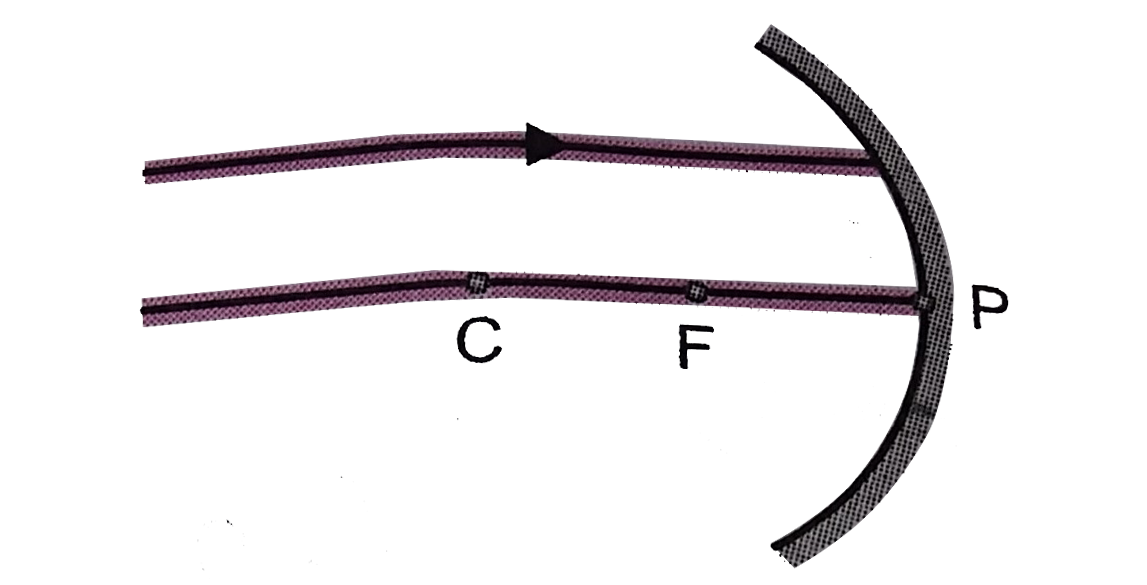 View Solution
View SolutionWhich of the following diagrams shows correctly the dispersion of white light by a prism ?
View Solution



